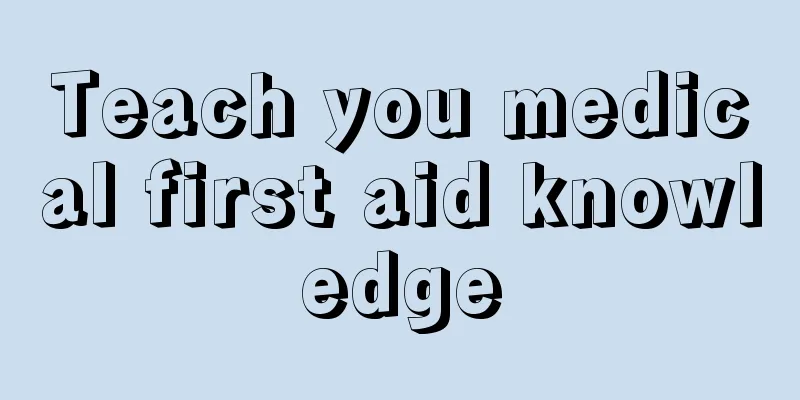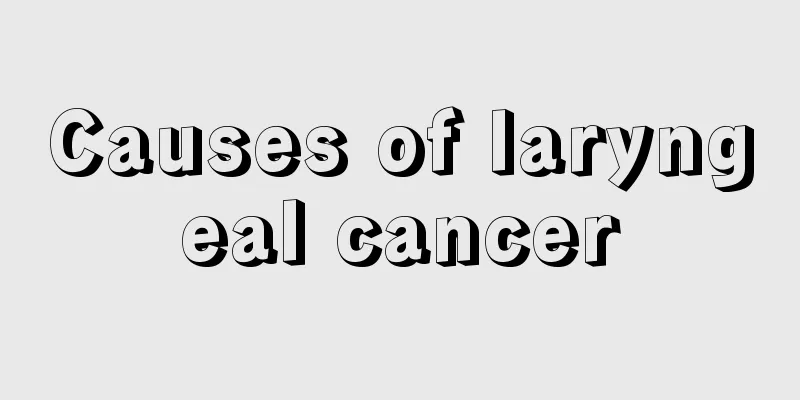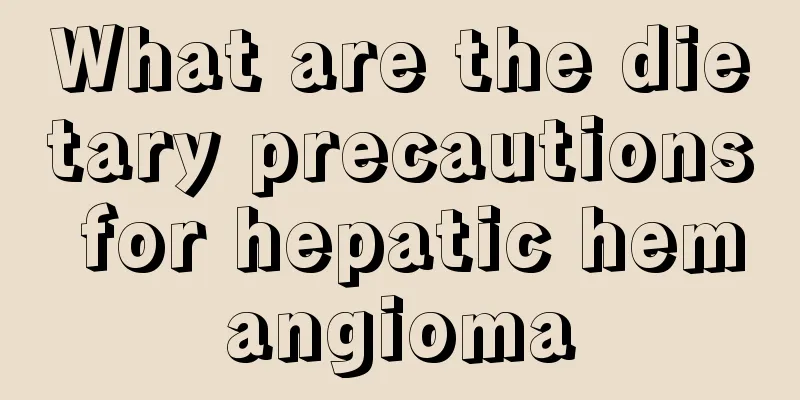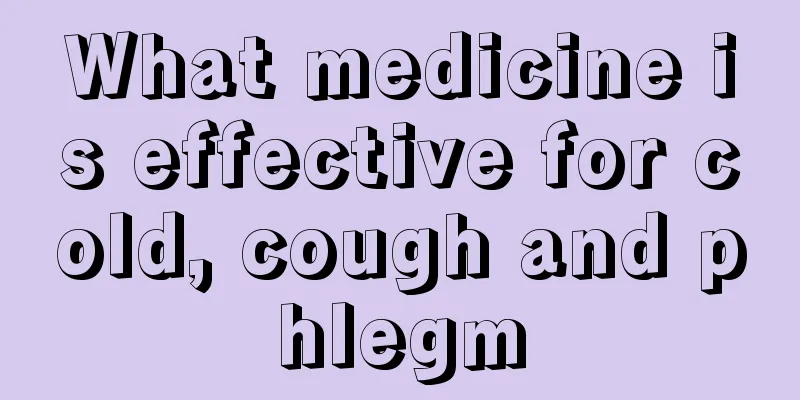Teach you medical first aid knowledge

|
There are always various diseases in our lives, and many people die because they cannot get timely treatment. This is something we all don’t want to see, so it is also a responsibility to ourselves to understand some first aid attempts. If you have some symptoms with your family or friends, you can also take first aid measures. So today we will ask authoritative experts to explain to you the common sense of medical first aid. 1. A normal person is conscious, speaks fluently, and moves freely. If someone "doesn't understand", but has breathing and heartbeat, but no response when pressing or acupuncturing the "Ren Zhong" acupoint, they may be in a coma. The longer the coma lasts, the more serious the condition. 2. The normal body temperature of an adult is 36-37 ℃; 3. The normal pulse rate of an adult is 60-100 beats/min, even and strong; 4. A normal adult breathes 16-20 times per minute, with equal breathing time between each inhalation and exhalation; 5. The normal blood pressure for adults is between 140/90 mmHg (18.6/12 kpa) and 90/60 mmHg (12/8 kpa). 6. The diameter of the pupil of a normal adult is 2-4mm, and it is a perfect circle. Hands-Only Cardiopulmonary Resuscitation (CPR) Manual cardiopulmonary resuscitation is a rescue technique. It is not exclusive to medical staff. It is a first aid technique that the general public should be familiar with and master. Hands-only CPR does not require any medical equipment. Hands-only cardiopulmonary resuscitation is mainly used for patients who die suddenly. First, determine whether the patient died suddenly, including sudden loss of consciousness, disappearance of carotid artery pulse, cessation of spontaneous breathing, dilated bilateral pupils, etc. Body position: The patient lies on his back on the ground or on a wooden board, without a pillow or other objects on his head. This is the correct position for cardiopulmonary resuscitation. If the patient lies prone, he should be turned over to a supine position. The technique should be gentle, paying special attention to the head and neck, and be sure not to use excessive force. If the patient lies on a soft bed, a wooden board should be placed on the back. Judging consciousness: if there is no response when called, no response when pinching the Ren Zhong and Hegu points, and bilateral pupils are dilated, it can be concluded that the patient has lost consciousness. Pat the injured person on the shoulder (or face) and call loudly in his ear: "Hey! What's wrong with you?" to test his reaction. 7. The total amount of blood in a normal adult's body accounts for about 7-8% of body weight. What is sudden death? When a normally "healthy" person, or a person whose condition is basically stable, suddenly experiences cardiac or respiratory arrest, it is called sudden death. The World Health Organization defines sudden death as any death within six hours from onset of illness to respiratory and cardiac cessation. The vast majority of sudden deaths are caused by acute attacks of coronary artery atherosclerosis (CHD). 70% of sudden deaths caused by coronary heart disease occur outside the hospital. Patients who die suddenly lose consciousness, have disappearance of carotid artery pulses, cessation of spontaneous breathing, and bilateral dilated pupils. Patients who die suddenly can be revived. Patients who die suddenly should be immediately given manual cardiopulmonary resuscitation on the spot. Effective cardiopulmonary resuscitation can be performed within 4-6 minutes, with a rescue success rate of 50%. Open the airway: Tilt the head back and lift the jaw (chin). First, clear the foreign objects in the mouth (vomit, blood clots, etc.) and remove the dentures. Place the index and middle fingers of one hand on the chin, lift the chin, and tilt the head back. Support the back of the neck with one hand. The head should be tilted back to the extent that the line connecting the jaw and earlobe is perpendicular to the ground. Do not tilt the head back too much. The above is all the medical knowledge we have brought to you. After reading the above article, do you know how to provide effective first aid if you encounter a sudden illness? This can also reduce the suffering of some patients who have become very painful due to the disease. |
<<: How should radiation protection clothing be tested?
>>: What is the best way to quit smoking?
Recommend
How do patients with teratoma exercise
Ovarian teratoma, also known as ovarian dermoid c...
How should patients with gastric tumors maintain their health?
Gastric disease is a chronic disease that cannot ...
What is the normal value of aspartate aminotransferase? What is the clinical significance?
Many people are not clear about what aspartate am...
Causes of chest bone pain
Have you ever felt sudden chest pain? Sometimes t...
Understand the symptoms of prostate cancer invading the bladder
Nowadays, patients with prostate cancer are diagn...
What to do if your scalp is sunburned
People need to wear a hat when they are exposed t...
Is wearing a corset harmful to your health?
Shapewear is a very common clothing in our daily ...
The baby shakes his head vigorously while sleeping
Babies will learn to move their bodies at first, ...
How to dress to look slimmer for thick legs
Everyone wants to have a pair of long, straight a...
Which vegetable has the highest calcium content?
When it comes to diet, people must remember not t...
What are iodine 125 particles
Iodine-125 particles are a radioactive isotope us...
Eating less pickled food can reduce the risk of stomach cancer
In recent years, gastric cancer has become a majo...
What are the harmful manifestations of hamartoma
Now that living conditions are better, we often e...
How to feel the carotid artery?
There are many arteries distributed throughout th...
Is the recurrence rate of brain cancer high?
The recurrence rate of malignant brain tumors is ...









